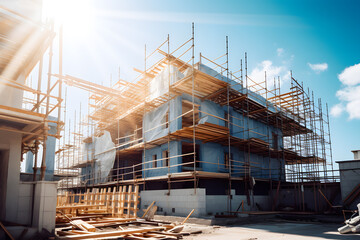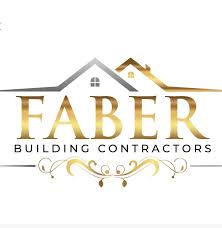
Building construction is the science or art of building. Its roots come from Latin construction and Old French construction. To construct is both a verb and a noun. In addition to being a verb, construction can also mean physical activity, such as building a house. It’s a process that takes time and patience to complete, but the result is worth the effort.
The foundation of a building is the most critical part of building construction. It determines the load and strength of a building. There are two types of foundations: shallow foundations, which are used for small buildings, and deep foundations, which are used for heavier buildings. A shallow foundation can be as little as three feet deep, while a deep foundation can reach 60 to 200 feet (20 to 65m). Both types of foundations are necessary for building construction, as they determine the strength of a building.
Materials used in building construction have changed dramatically over time. Early building materials included branches, leaves, animal hides, and clay. Later, man-made materials, such as timber, concrete, and masonry, were used. The materials used to construct these structures also had to be treated to ensure they are structurally sound. Steel is a versatile material used for buildings of all shapes and sizes. Steel is also easier to install than concrete and can be used in a wide variety of environments.
Fire-resistance is another important issue to consider when choosing the materials for a building. Some structures, like those used in retail stores, are made from combustible materials like wood. However, these structures can still provide protection from fire. Fire-resistant materials such as steel and concrete block can withstand fire for two or three hours. If you’re worried about the possibility of a fire affecting your building, choose a Type I structure.
While a fire-resistance building may have some advantages, fire-resistance construction has some drawbacks. While a building that is designed to be highly flammable is more cost-efficient, it’s not as fire-resistant as buildings made of other materials. In fact, Type V buildings tend to be more flammable than those that are not. While they may be more resistant to collapse, they’re still not the best choice for a home or commercial building.
The International Building Code categorizes buildings according to their fire resistance. The most fire-resistant buildings are tall buildings. These include commercial spaces, hotels, and apartment buildings. These buildings have to withstand high temperatures and fire. They’re constructed with noncombustible materials, including reinforced concrete, protected steel, and other materials.
The most common form of construction procurement is called design-bid-build. It consists of three key roles – an architect, an engineer, and a builder. Together, they act as project managers. They manage the project from its inception to completion. The architect prepares specifications, tenders the work, and oversees the construction from start to finish. Each of these parties has contractual relationships with each other, and work as a team.
Building construction can be classified as either Type II or Type III. Type II buildings are typically older buildings, while Type III buildings are newer. They are generally composed of non-combustible materials, and firefighters must ventilate the building to prevent a dangerous increase in temperature. Fire resistance codes also affect how a building is constructed.
In the early days of cities, mud bricks and timber beams were used for the walls and roofs. In the Greco-Roman period, stone and brick construction techniques began to evolve. Then, fired brick began to be used more widely. They were laid with lime mortar, which was borrowed from stone construction. Glazed bricks were used in the Greco-Roman era and were later used by the Persians and Babylonians. Another innovation during this period was the use of fired clay roof tiles.


